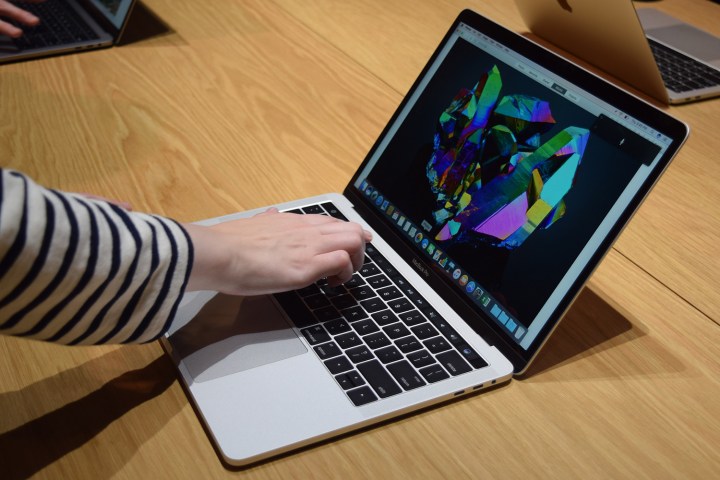Are you missing emojis on your favorite Mac app, email, or messaging service? If you are used to emojis supplementing your witty banter, it can be tough to give them up! Fortunately, Macs have their own built-in emojis that you can tap into at any time. They’re waiting in the Character Viewer, and we’ll show you just how to get emojis on your Mac with this simple tool.
Accessing and using the Character Viewer
The Character Viewer is a small window of emojis that is built into the latest MacOS. The advantage of this little window (compared to emoji options within many individual apps) is that the same emoji options are available everywhere you want to use them on your Mac, including places you may have never tried them before. Accessing this Character Viewer is very simple. Place your cursor where you want the emoji (such as a messaging service), and then follow these steps.

Alternatively, you can usually find the Character Viewer by going to the Edit tab at the top left of the screen. The last option in the Edit drop-down menu will say “Emoji and Symbols,” and will open the Viewer when you click on. It’s not always as reliable as the key shortcut, but it’s a lot easier to see where you’re going for the first few times.
Now you will see a list of emojis you can use. At the bottom of the window are several icons that allow you to pick specific emoji categories like sports, light bulbs, and so on. Select the emoji that you want, and the Character Viewer will tell you how popular that emoji is, then paste it into the character field that you are currently using.

You can take advantage of the expanded window to choose several favorite emojis, the ones that you tend to use frequently with social apps like Facebook or Instagram. Simply choose an emoji and select “Add to Favorites.” These will appear on a Favorites bar at the top of the window whenever you open it, even in its smaller version. This can help you save a whole lot of time after you find the emojis that you really look.
Macs with Touch Bars

If you have a newer MacBook that includes a Touch Bar, you have additional emoji options. The standard setup of the Touch Bar will offer an emoji icon when you are in text-friendly apps like Mail or Messages, etc. Touch the emoji, and it should pop up a mini version of the Character Viewer on the Touch Bar showing popular emoji.

Limitations of the Character Viewer
Character Viewer is particularly handy in situations where another emoji option isn’t available, or when you are switching between different apps/conversations and want the same emojis for everything. However, this does not make the Viewer entirely universal. There are still instances where you will not be able to use it, such as:
- Older software, or apps that don’t support many Mac functions.
- Text boxes that don’t support much formatting, such as search fields.
- Browsers that aren’t compatible or have plugins that interfere with Character Viewer.
When in doubt, update your OS to the latest version, browser, and apps to see if this helps. Otherwise, you may need to find another emoji option for these cases.
And if you were curious about mobile options, there are ways to access an emoji keyboard on iOS as well.
Editors' Recommendations
- The 5 best MacBooks for video editing in 2024
- MacBook Pro 16 vs. MacBook Pro 14: The important differences
- Does your Mac really need antivirus software? We asked the experts
- Best laptop deals: Save on the Dell XPS 14, MacBook Pro 16 and more
- Best student laptop deals: Laptops for college from $215





